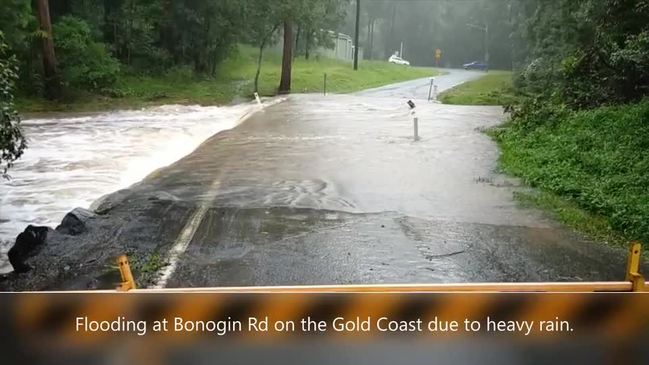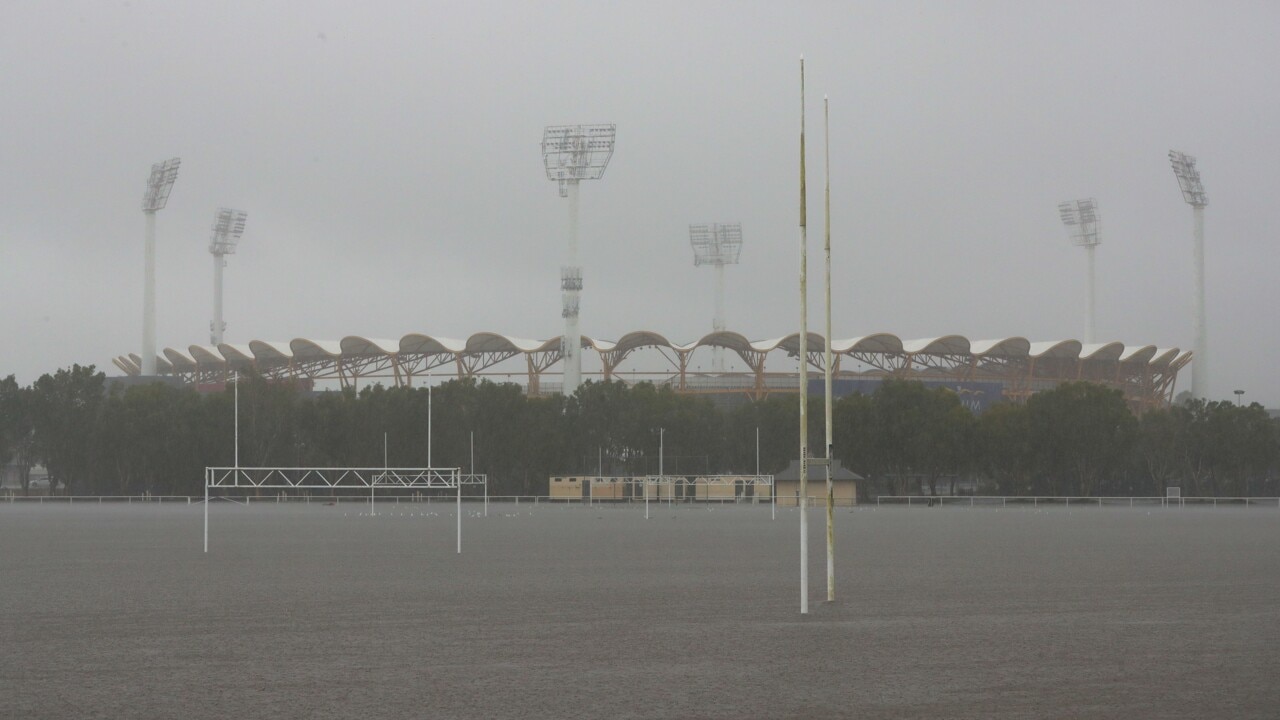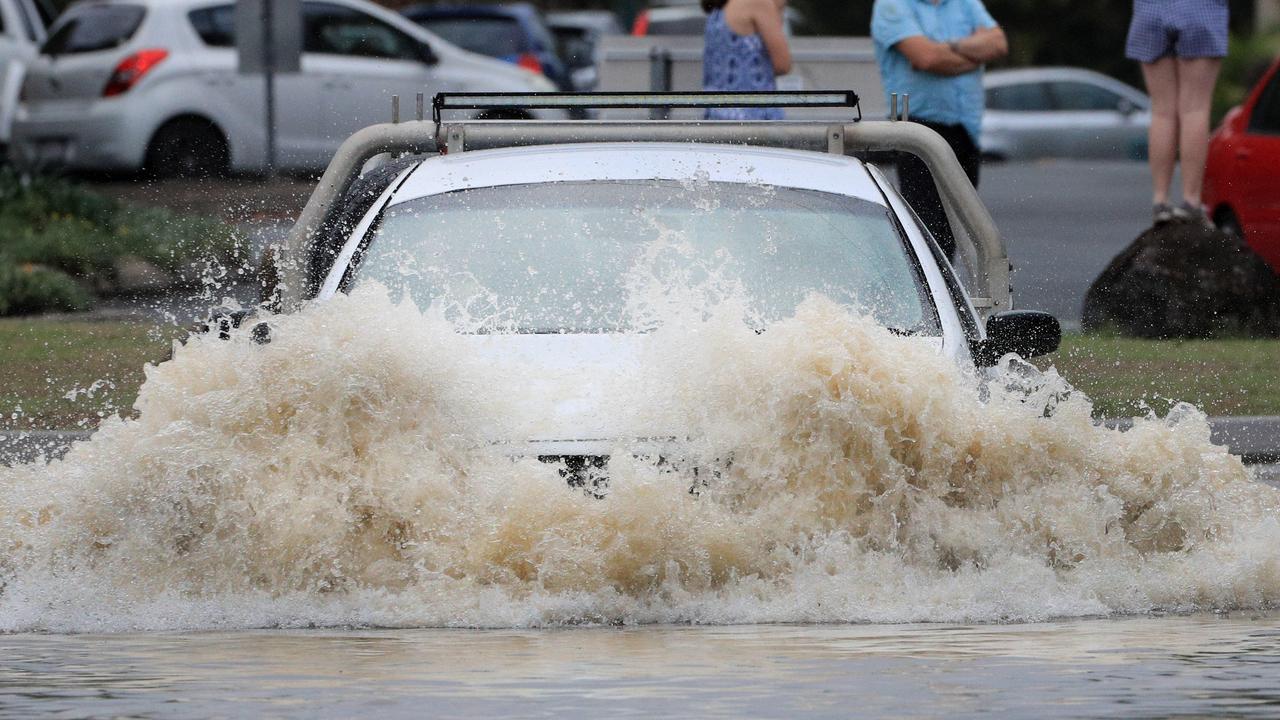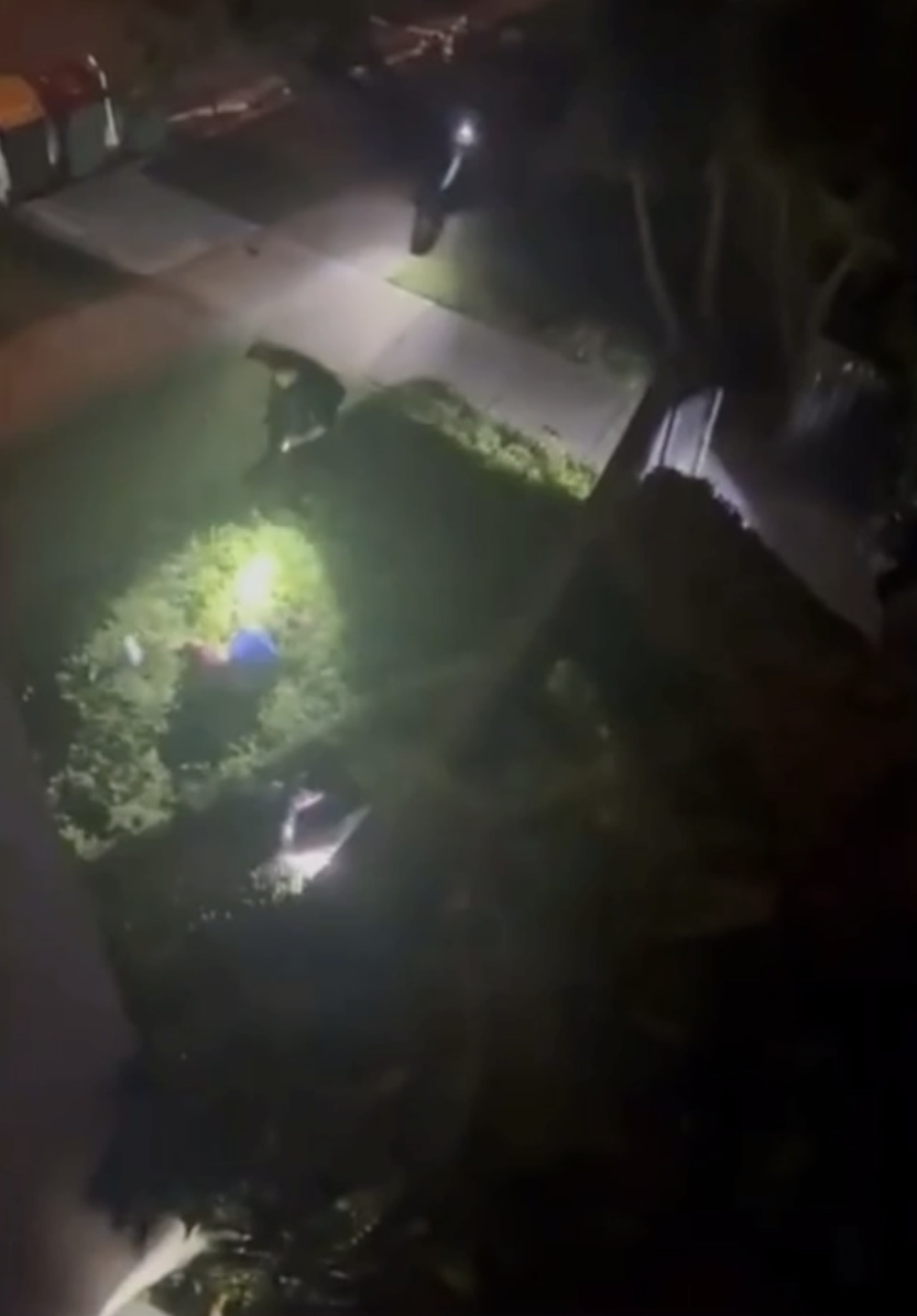Gold Coast suburbs worst impacted by weather: Robina, Mudgeeraba, Nerang, Oxenford and Carrara
The Gold Coast is officially the natural disaster capital of Queensland, with the city experiencing its most damaging autumn since Cyclone Debbie hit in 2017. ALL THE DETAILS >>>

News
Don't miss out on the headlines from News. Followed categories will be added to My News.
GOLD Coast is officially the natural disaster capital of Queensland, with the city experiencing its most damaging autumn since Cyclone Debbie hit in 2017.
New seasonal home claims data released by NRMA Insurance outlines Queensland’s pain across March, April and May.
The NRMA Insurance Wild Weather Tracker shows over half (57 per cent) of all home claims in Queensland during autumn were the result of severe weather.
12-MONTH FORECAST: What to expect with Gold Coast weather in every month of the year
This is the largest proportion since Cyclone Debbie, when 70 per cent of all home claims in Queensland were the result of severe weather, and above the five year autumn average of 47 per cent.
The data also shows that the Gold Coast was the hardest hit region in the state, followed by Brisbane’s northwest and the Sunshine Coast.

Across the state behind only Maroochydore on the Sunshine Coast, Robina headed the list of Gold Coast suburbs most impacted, followed by Benowa and Mudgeeraba (equal), Nerang, Oxenford and Carrara.
The first Wild Weather Tracker also shows NRMA Insurance received 1,577,168 home claims for damage caused by severe weather in Queensland, NSW and the ACT during autumn 2021 – nearly triple the average for autumn.
Over half (55 per cent) of people polled also said they are worried natural disasters are becoming more frequent and severe, while 64 per cent believe climate change is making severe weather and natural disasters worse.
Nearly one in three (30 per cent) of Queensland residents said they are not ready to respond if severe weather hits their suburb – this means more than 596,000 households don’t feel prepared.
Executive General Manager Direct Claims Luke Gallagher said: “The last 18 months have been demanding for so many communities who’ve been hit by multiple disasters – from the Black Summer bushfires to extreme hail and storms.
"Not to mention the added pressure of a global pandemic.
“We’ve created the tracker to help communities understand that wild weather is getting more severe and happening more often.
"However, we can learn from these events and people can take practical steps to be better prepared, which could ultimately help save lives and property.”



